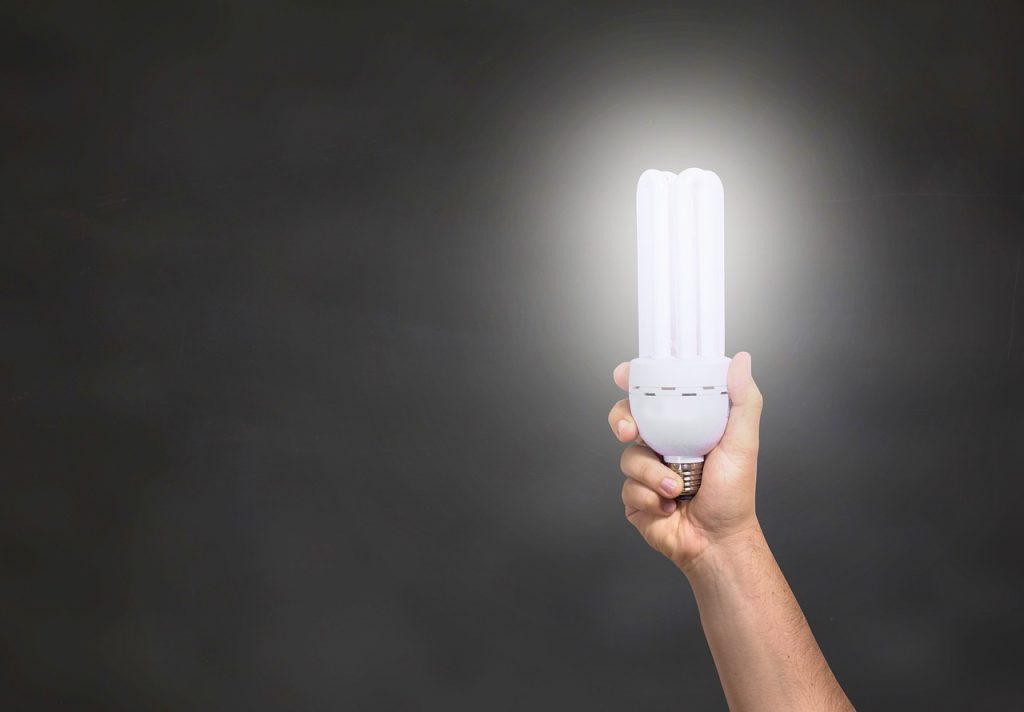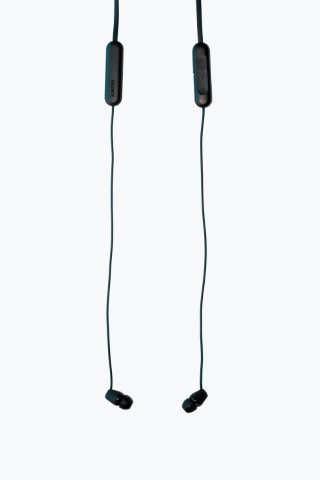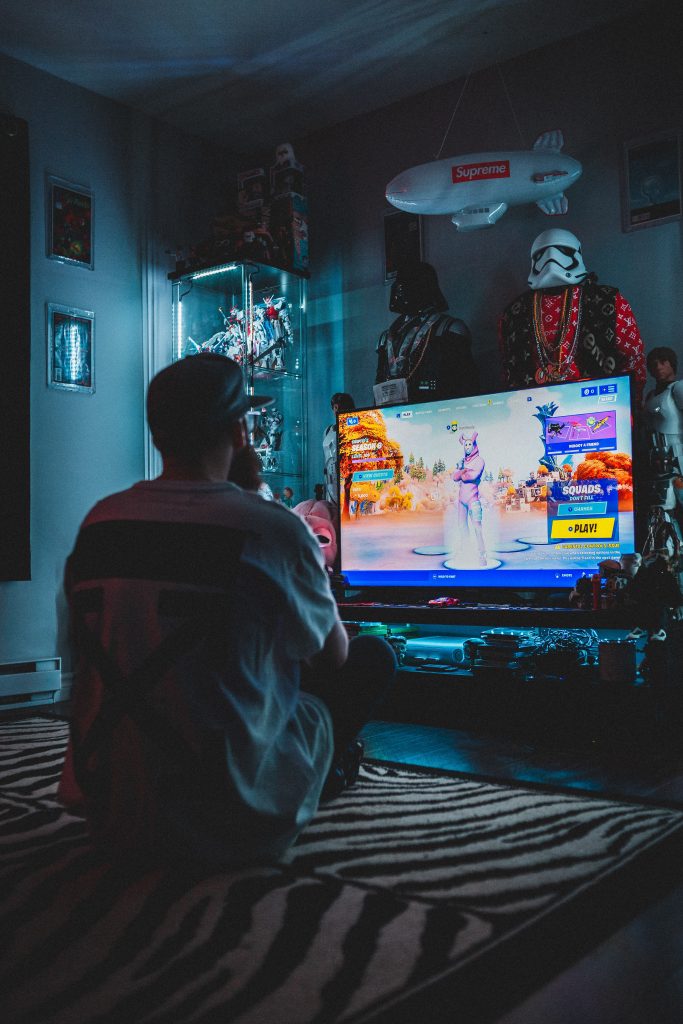- Warmer and cooler lights: What are the differences?
- What does the Kelvin mean when it comes to lights?
- How can the Kelvin rating help you choose the right light for your DIY-led light project?
- The benefits of using the Kelvin to choose your light
- So why does this matter when it comes to choosing a light?
- The drawbacks of using the Kelvin to choose your light
- The sun and light bulbs: How do they emit light?
- The Kelvin scale: What does it measure?
- How does the Kelvin scale work for lights?
- Lights and color temperature: What’s the relationship?
- Warmer and cooler lights: What are the differences?
- Lights with different color temperatures can have other effects on people.
- What are some everyday examples of the Kelvin scale?
- The bottom line: Why does the Kelvin matter for lights?
Warmer and cooler lights: What are the differences?
When it comes to light, there are two temperature options: warm and cool. Warm light is typically around 2700 Kelvin, while cool light is around 6500 Kelvin. The temperature of the light can affect the way colors are perceived and the overall mood of a space.
Warm light is often used in living spaces to create a more inviting and comfortable atmosphere. Cool light, on the other hand, is better suited for workspaces where productivity is critical. It can be harsh and unforgiving, but it also helps people to stay focused and alert.
So which one should you choose? It really depends on your individual needs and preferences. If you want a cozy space to relax in, go for warm lighting. If you need a bright and airy workspace, opt for cool lighting.
What does the Kelvin mean when it comes to lights?
When it comes to lights, the Kelvin is a unit of measurement that indicates the color of light. The Kelvin scale measures the color temperature of light sources, such as lamps and LEDs. The lower the Kelvin rating, the warmer the light; the higher the Kelvin rating, the cooler the light.
For example, a lamp with a color temperature of 2700K emits a warm, yellow-ish light, while a lamp with a color temperature of 6500K emits a cool, bluish light.
So why does all this matter? When choosing lights for your home or office, you must consider what kind of atmosphere you want to create. If you want a warm and inviting space, go for lamps with lower Kelvin ratings. If you want a bright and energizing space, go for lights with higher Kelvin ratings.
How can the Kelvin rating help you choose the right light for your DIY-led light project?
If you’re looking to add some extra light to your home, you might feel overwhelmed by all the options. One way to narrow down your choices is by understanding Kelvins and how they can help you choose the right light for your project.
Kelvins measure the color of light, with lower numbers corresponding to warmer colors and higher numbers corresponding to cooler colors. If you’re not sure what color you want, a good rule of thumb is to go with a lower Kelvin number for a cozy feel or a higher Kelvin number for a more energizing space.
Once you’ve decided on the general tone you’re going for, take a look at the lumens. This measures the amount of light that is emitted and is important to consider depending on how much light you need in the space.
The benefits of using the Kelvin to choose your light
If you’re looking for the perfect light for your home, office, or bedroom, Kelvin may be the answer. But what is Kelvin? And what does it mean when it comes to choosing a light?

Kelvin is the unit of measurement for color temperature. It’s used to describe how warm or cool a light appears. Warm lights have a lower Kelvin number (around 2700K), while cool lights have a higher Kelvin number (about 6500K).
So why does this matter when it comes to choosing a light?
The color temperature of a light can affect our mood and energy levels. Warm lights are more calming and relaxing, while cool lights are more energizing. If you’re not sure which one you need, the Kelvin rating can help you make the decision.
The drawbacks of using the Kelvin to choose your light
When it comes to choosing your light, the Kelvin can be a drawback. The Kelvin is the unit of measurement for color temperature and is represented by a number. The lower the number, the warmer the light; the higher the number, the cooler the light. So, if you’re looking for a warm glow, you would want to choose a lower Kelvin number. But there are some drawbacks to using the Kelvin when it comes to lights.
First, it’s not always accurate. The color temperature of light can vary depending on other factors, such as the type of bulb or fixture used. Second, it doesn’t take into account how our eyes perceive color. The way our eyes see color is based on many factors, including our own individual physiology. And lastly, choosing your light based on Kelvin alone can result in an unflattering light.
The sun and light bulbs: How do they emit light?
Most people think of the Sun as being very hot. And it is, but it’s also a star that emits light. In fact, all stars emit light. But how does the Sun emit light?
The Sun is powered by nuclear fusion. In nuclear fusion, atoms are combined to form new atoms, which releases energy in light and heat. The Sun’s core is about 27 million degrees Fahrenheit! That’s hot enough to melt metal.

But the Sun isn’t just one big ball of fire; it has different layers, each with its own temperature. The outermost layer, the atmosphere, is what gives us daylight when we look up at the sky during the day.
The Kelvin scale: What does it measure?
The Kelvin scale is a measure of absolute temperature that is used in many scientific fields. The unit of measurement is the Kelvin (K), which is equal to one degree on the Celsius scale. The Kelvin scale is named after Lord Kelvin, who first proposed it in 1848.
The Kelvin scale is often used in lighting because it allows for a more accurate representation of light intensity. For example, a candle flame has a color temperature of around 1800K, while the Sun has a color temperature of about 5800K.
The Kelvin scale is an important tool for scientists because it provides a way to measure absolute temperatures. This scale is named after Lord Kelvin, who first proposed it in 1848. The unit of measurement is the Kelvin (K), which is equal to one degree on the Celsius scale.
How does the Kelvin scale work for lights?
The Kelvin scale is a temperature scale that uses absolute zero as its starting point. Zero on the Kelvin scale (0 K) is the coldest possible temperature and corresponds to -273.15 °C on the Celsius scale. The Kelvin scale is named after Lord Kelvin, who first proposed it in 1848.
The Kelvin (K) is the base unit of temperature in the International System of Units (SI). The degree Celsius (°C) is a unit of measurement for temperature that uses the Kelvin as its starting point. The freezing point of water is 273.15 K (-0.01 °C), which means that 0 K (-273.15 °C) is the coldest possible temperature. The opposite side of the scale is the boiling point of water, which is at 373.15 K (100 °C).
Lights and color temperature: What’s the relationship?
As lightbulbs have become more energy efficient, one thing that has changed is the color temperature of the light they emit. The Kelvin scale measures color temperature, with lower Kelvin numbers corresponding to warmer (more yellow/red) light and higher Kelvin numbers corresponding to cooler (more blue) light. For example, most incandescent bulbs have a color temperature of around 2700K, while most CFLs have a color temperature of about 4100K.
The relationship between lights and color temperature is that the lower the Kelvin number, the warmer the light will be. So if you want a warm light for your home, look for bulbs with a lower Kelvin number. If you want a cool light for your office or workspace, look for bulbs with a higher Kelvin number. That is why , even if you’re making a diy tv backlight like our guide has, you don’t want to be randomly choosing the output. Decide how you want it to look, and choose the lights based on the goal.
Warmer and cooler lights: What are the differences?
When it comes to light bulbs, the Kelvin (K) is a unit of measurement used to indicate color temperature. The lower the Kelvin rating, the warmer the light; the higher the rating, the cooler the light.
Warm white lightbulbs emit a yellow-orange hue and are typically used in living rooms and bedrooms to create a cozy atmosphere. Cool white lightbulbs emit a blue-white shade and are often used in kitchens and bathrooms because they make spaces appear brighter and cleaner.
Daylight bulbs have the highest Kelvin rating and emit a blue-white hue that simulates natural sunlight. These bulbs are often used in offices or other spaces where people need to be alert and productive.
Lights with different color temperatures can have other effects on people.
Different color temperatures of light can have different effects on people. For example, blue light is often used to help people stay awake and alert, while yellow is often used to help people relax. Some research even suggests that different light colors can affect our moods differently. So if you’re looking for a specific effect from your lights, it might be worth experimenting with different color temperatures to see what works best for you.
Sometimes people will choose warmer tones of light for working around their office. This is because blue light can have an impact on people’s sleep patterns. This is why you will often see some apps for phones or computers that modify the actual tone of the colors and reduce the blue light closer to the end of the day. F.lux is the first one we ever tried, and while we love it, there were times when it would modify the colors so much that it would skew the work we were doing on the computer late at night.
So, if you do any design work or anything like that, please keep in mind that if you have an app that promises to reduce eye strain or help you sleep better, what you are looking at on your computer might not look the same as on another screen without these modifications. Just like we did our guide for the differences between actual types of led lights, you also need to understand that the output of the lights will also have huge results on the outcome of what you are trying to do.
What are some everyday examples of the Kelvin scale?
When it comes to light, the Kelvin scale measures color temperature, and it’s used to describe how warm or cool a light source appears. Here are some everyday examples:
The Sun has a temperature of around 5,500 Kelvin, which is why sunlight appears white.
Candlelight has a color temperature of around 1,900 Kelvin. This is why candles appear yellowish-orange.
Incandescent light bulbs have a color temperature of around 2,700 Kelvin. This is why they appear yellowish-white.
The bottom line: Why does the Kelvin matter for lights?
The bottom line is that the Kelvin matters for lights because it determines the color of light. The lower the Kelvin, the warmer the light; the higher the Kelvin, the cooler the light. For example, a 2700K light bulb emits a warm, yellow-ish light, while a 6000K light emits a cool, blue light. Those two colors are a ways apart, so if you were making a diy led cloud it goes from blue ( like in this picture, to yellow ) very fast.
So why does this matter? Well, different light colors have different effects on our mood and behavior. Warm light (lower Kelvin) is more calming and relaxing, while cool light (higher Kelvin) is more energizing. That’s why you might see warmer-toned lights in a restaurant, and cooler-toned lights in an office ( as we mentioned before) This is why if you’re using LED lights in your room, you want to know when you’ll be having them on the most and the feeling you want out of them.
So when you are thinking about doing some DIY LED projects, please keep in mind that white might not always be the same output when you are choosing a light for your project. It is always important to consider why you choose the specific bulb when you think you will be using the light, and finally, how the light will be used.
Of course, there are other factors to consider when choosing lightings, such as brightness (measured in lumens) and wattage. So don’t base the choice only on the Kelvin rating as you don’t want to have the perfect tone of light, but have way too much or way too little light output. It is simply there to be taken into consideration with all the other aspects of your diy led projects around the house.












